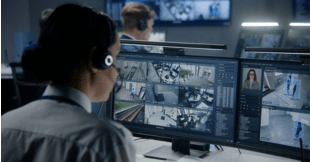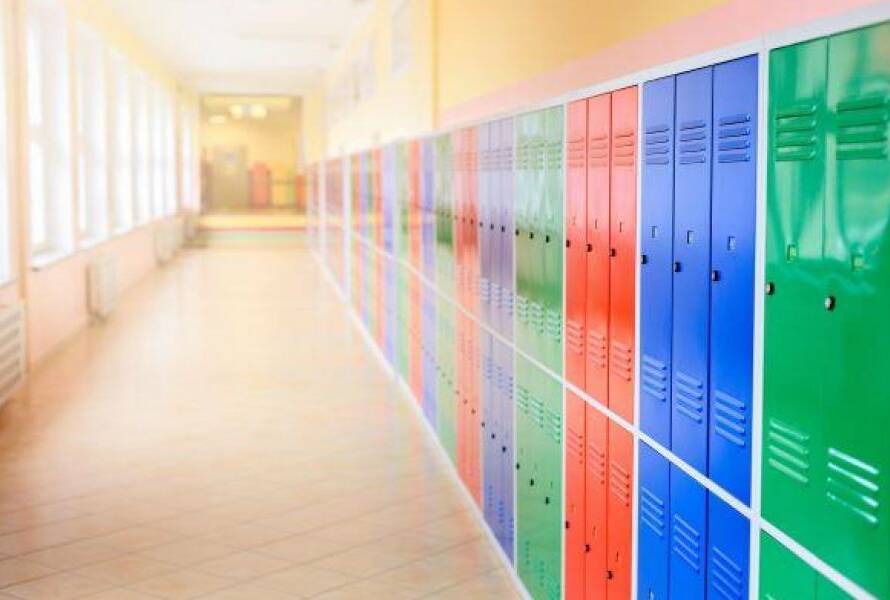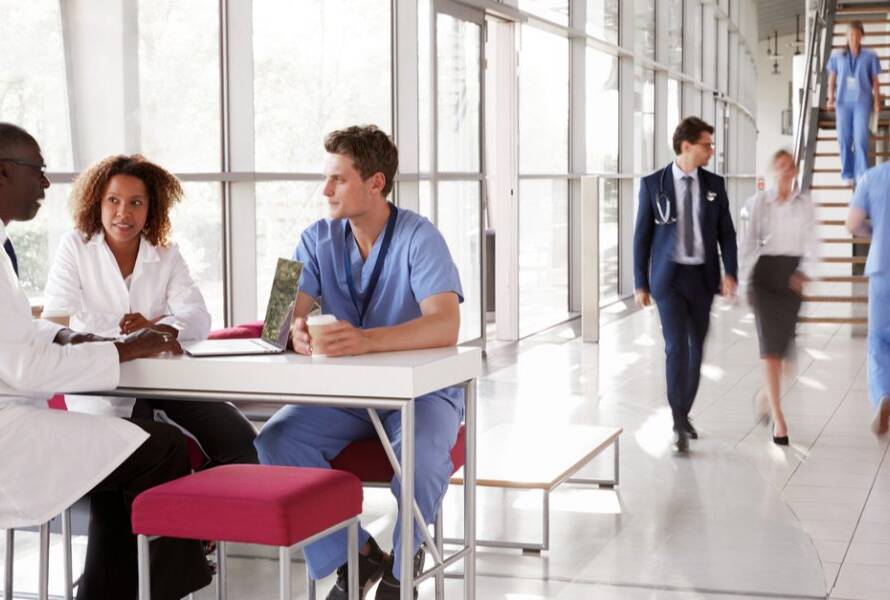
Editor Introduction
While technology like cameras, alarms, and access control systems are crucial components, they are only as effective as the people who use and manage them and the systems that deploy them. When installing physical security systems, the focus should be on the holistic operation of the system rather than the functioning of individual components. However, in the end, overlooking critical factors can undermine the totality of system performance. We asked this week’s Expert Panel Roundtable:
What is the most overlooked factor when installing physical security systems?
 A robust physical security design must consider various factors, including often-overlooked environmental elements that can pose challenges post-installation.
A robust physical security design must consider various factors, including often-overlooked environmental elements that can pose challenges post-installation.
Environmental factors hold significant sway over security designs. For example, a setting sun and shifting shadows might interfere with motion sensors and cameras. Rain, birds, bugs, and wildlife can trigger sensors or harm equipment. Climate, too, plays a pivotal role; high temperatures can impact device performance. These obstacles could render a security system ineffective through false activations.
However, with meticulous planning, these issues are manageable. For example, you can place sensors and cameras in locations where they are less likely to be affected or use enclosures to protect wiring and sensitive components from moisture, dust, and animal interference. Proper planning and regular maintenance can help mitigate environmental challenges, ensuring that your security systems perform reliably in any condition. Paying attention to these factors can make a significant difference in the effectiveness and longevity of your physical security setup.
Editor Summary
Our Expert Panelists provide a compelling list of factors that are often overlooked when installing physical security systems. Considering a variety of elements – from preparation to futureproofing to maintenance – ensures a system will work together seamlessly when it is installed — and for years to come.
Steve Davis
Steve Davis, Senior Advisor, joined Salient Systems in 2010 and brings 40+ years of experience in our industry primarily providing sales & sales management for intrusion detection, access control, fire alarm and video management systems. Focus has been on designing, selling and managing systems for manufacturers, system integrators, consultants and end users. Known for working with large integrated systems with many projects being some of the largest, most technically advanced and secure facilities in the world.


